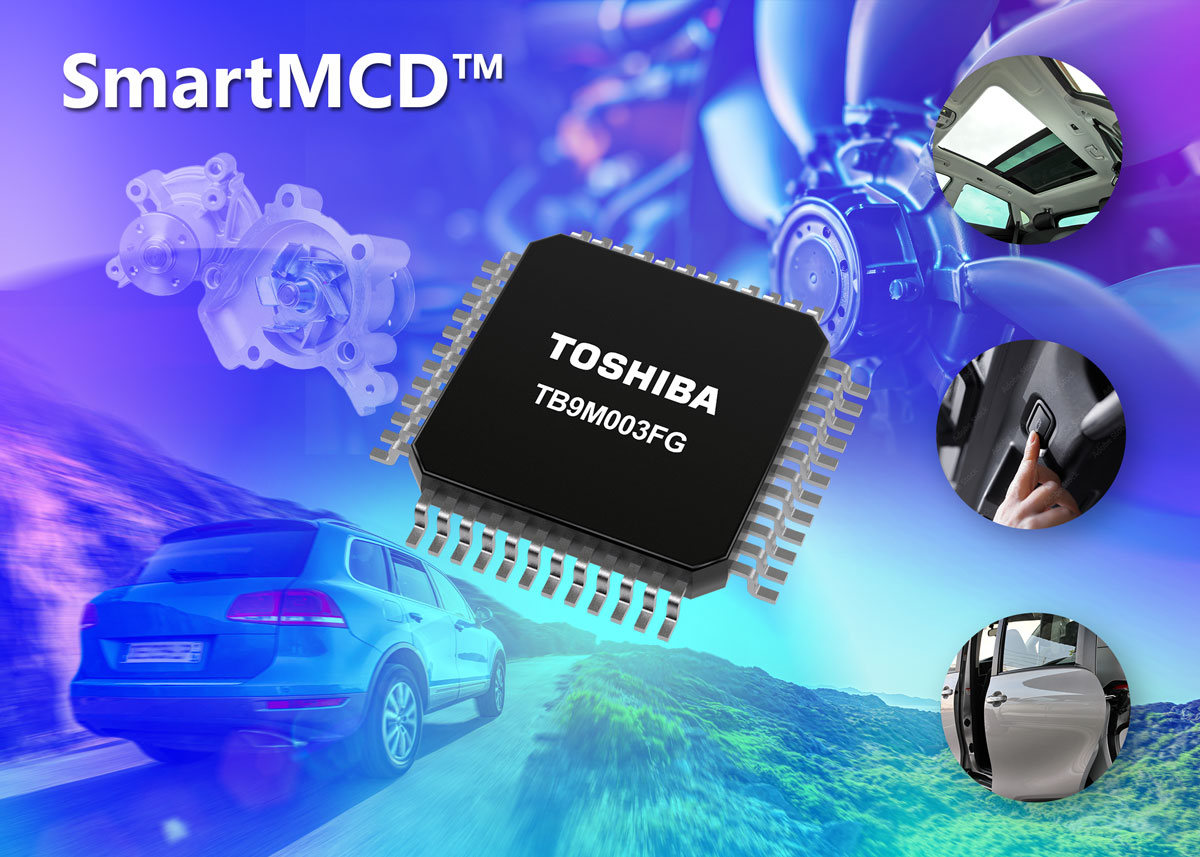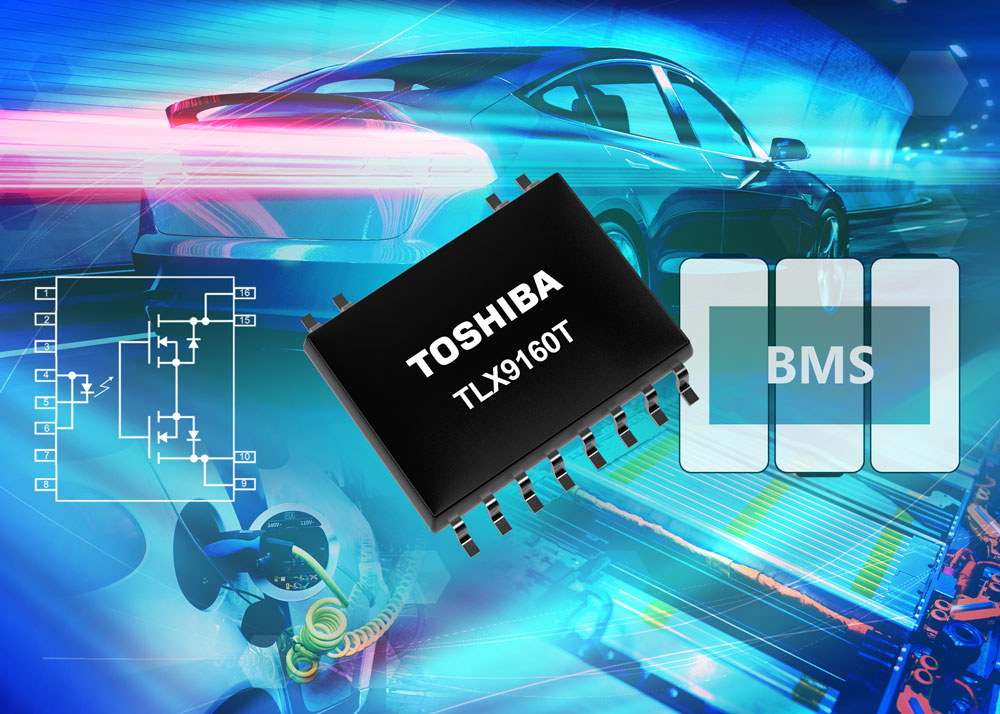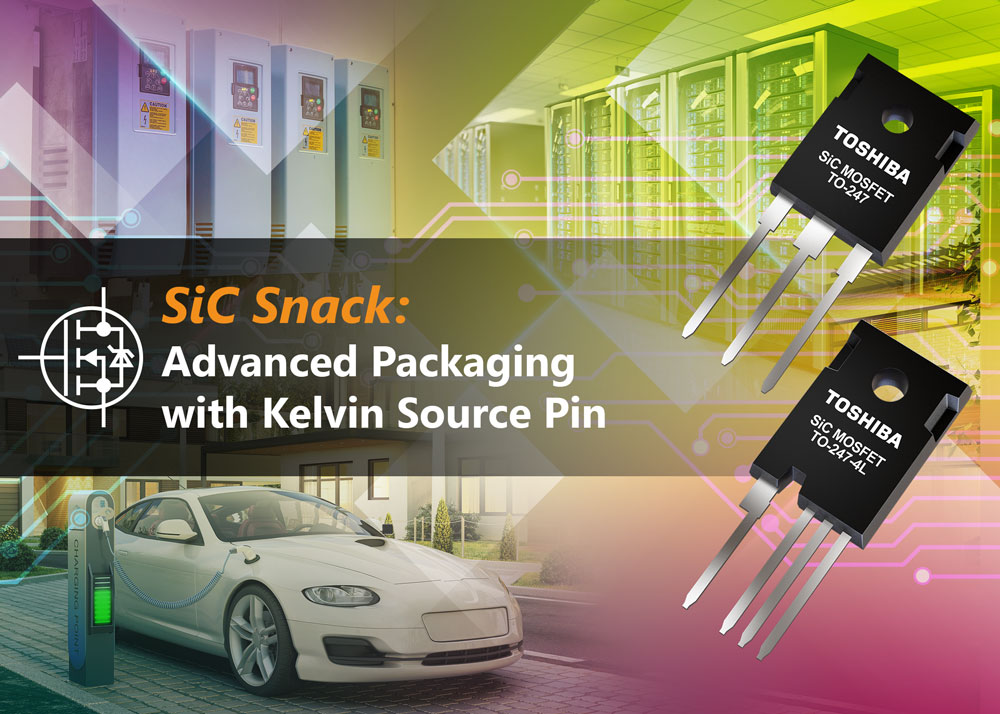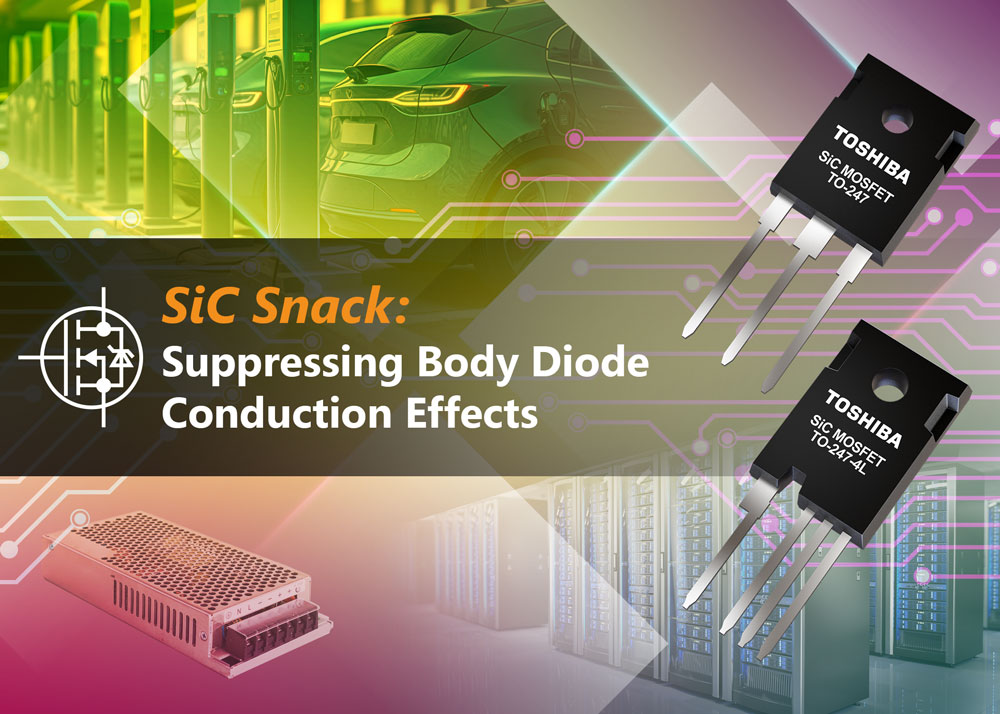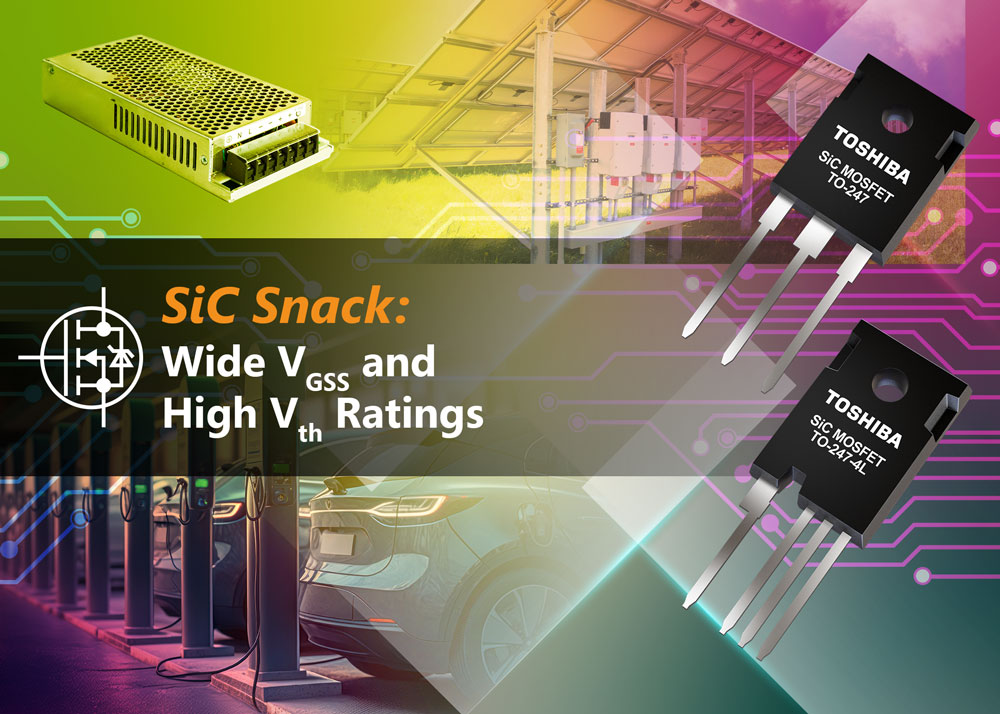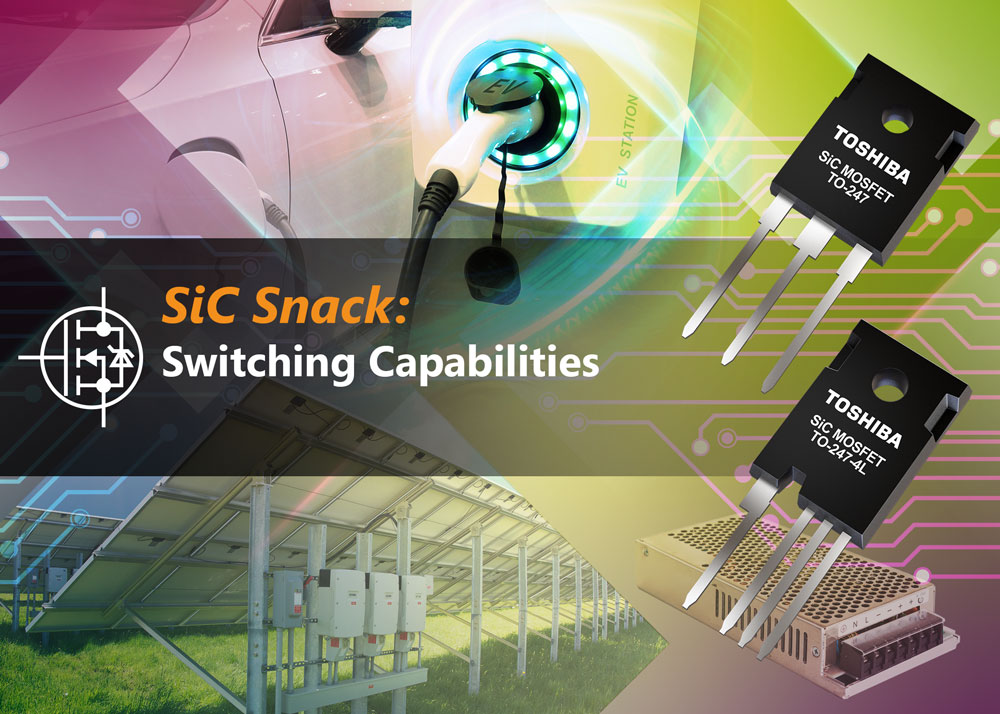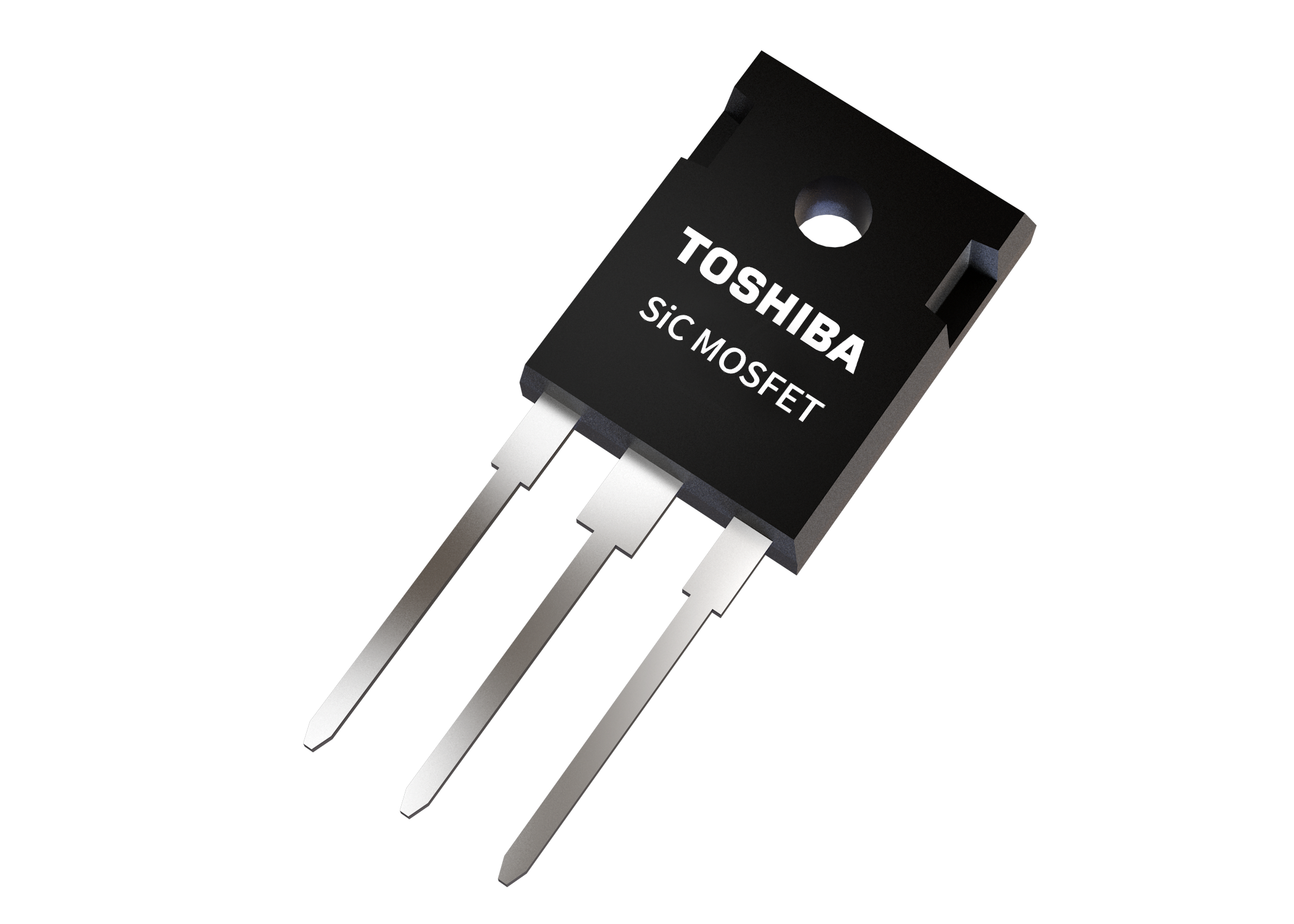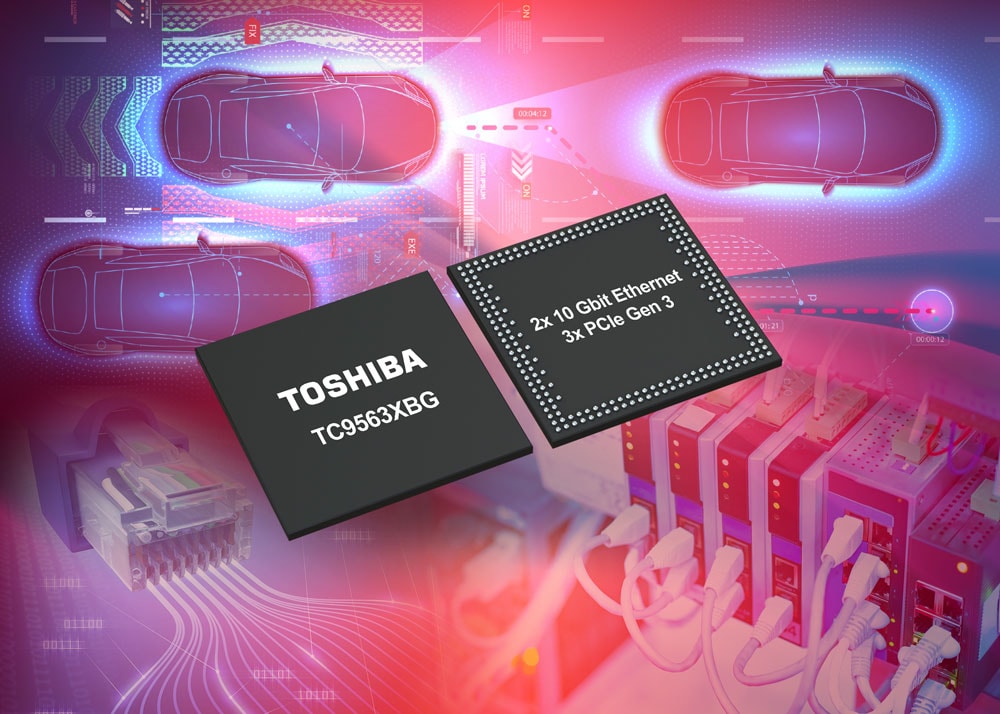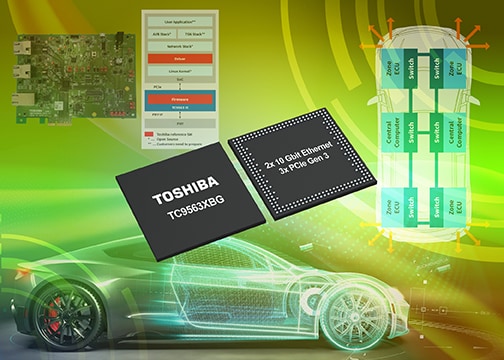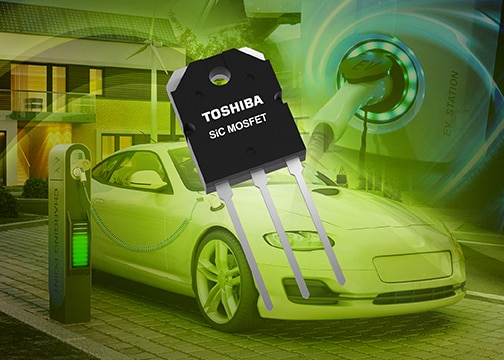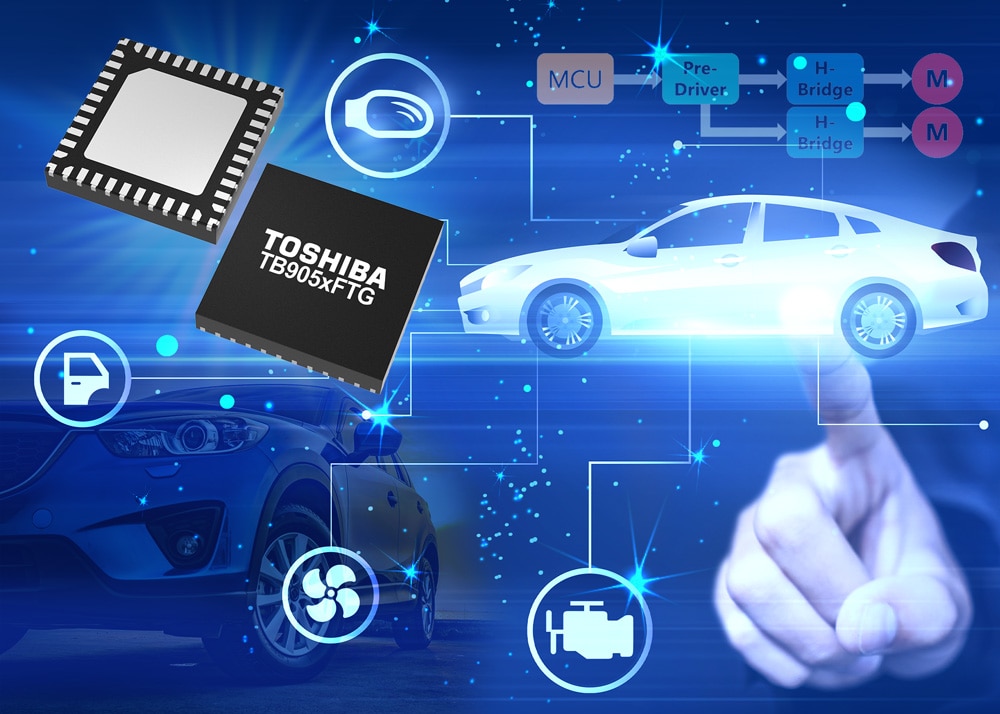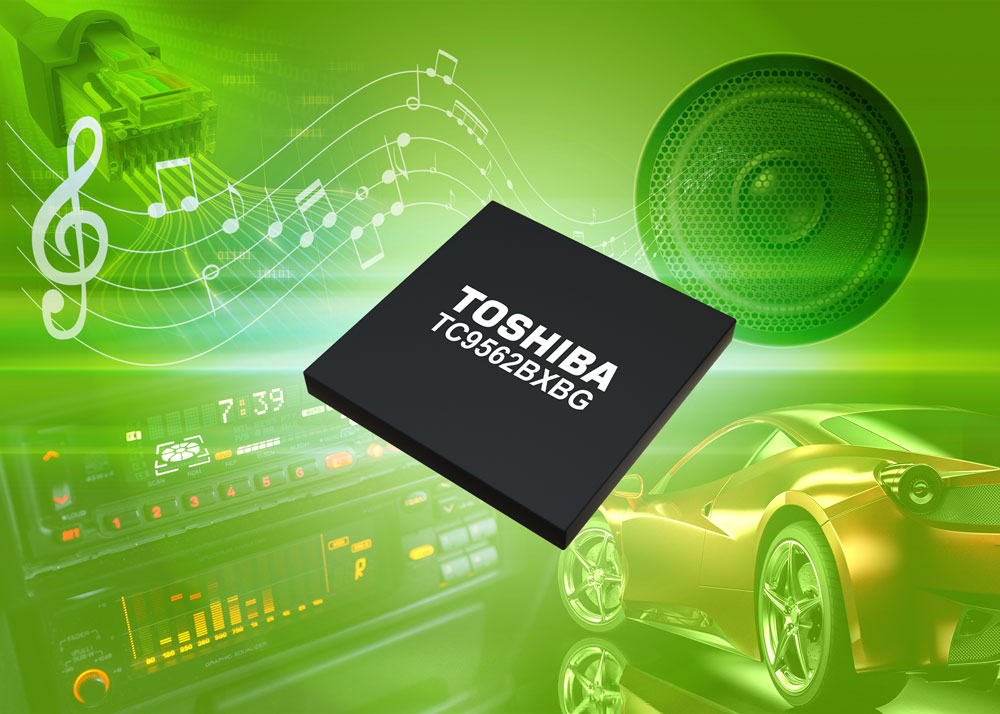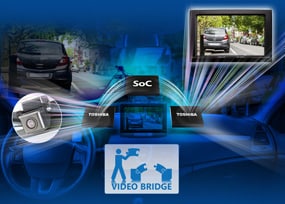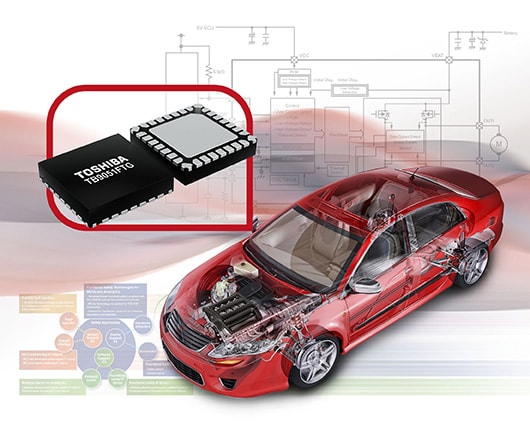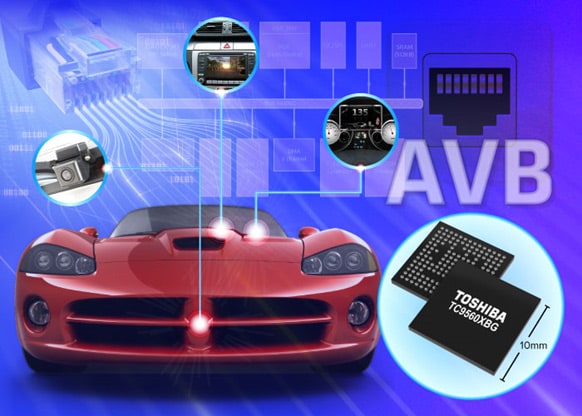- General Top
- SEMICONDUCTOR
- STORAGE
- COMPANY
-
My ToshibaSemicon
- Semiconductor Top
-
ApplicationsAutomotive
Body Electronics
xEV
In-Vehicle Infotainment
Advanced Driver-Assistance Systems (ADAS)
Chassis
IndustrialInfrastructure
BEMS/HEMS
Factory Automation
Commercial Equipment
Consumer/PersonalIoT Equipment
Healthcare
Wearable Device
Mobile
Computer Peripherals
-
ProductsAutomotive Devices
Discrete Semiconductor
Diodes
Transistors
Logic ICs
Analog Devices
Digital Devices
Wireless Devices
※
: Products list (parametric search)
Power SemiconductorsSiC Power Devices
※
: Products list (parametric search)
Isolators/Solid State RelaysPhotocouplers
Digital Isolators
Solid State Relays
Fiber Optic Transmitting Modules
※
: Products list (parametric search)
MOSFETsIGBTs/IEGTsBipolar Transistors※
: Products list (parametric search)
Diodes※
: Products list (parametric search)
MicrocontrollersMotor Driver ICsIntelligent Power ICs※
: Products list (parametric search)
Power Management ICsLinear ICs※
: Products list (parametric search)
General Purpose Logic ICsLinear Image SensorsOther Product ICsOther Product ICs
※
: Products list (parametric search)
-
Design & Development
Design & Development
Innovation Centre
At the Toshiba Innovation Centre we constantly strive to inspire you with our technologies and solutions. Discover how to place us at the heart of your innovations.
-
Knowledge
Knowledge
Highlighted Topics
Further Materials
Other
- Where To Buy
- Part Number & Keyword Search
- Cross Reference Search
- Parametric Search
- Stock Check & Purchase
This webpage doesn't work with Internet Explorer. Please use the latest version of Google Chrome, Microsoft Edge, Mozilla Firefox or Safari.
require 3 characters or more. Search for multiple part numbers fromhere.
The information presented in this cross reference is based on TOSHIBA's selection criteria and should be treated as a suggestion only. Please carefully review the latest versions of all relevant information on the TOSHIBA products, including without limitation data sheets and validate all operating parameters of the TOSHIBA products to ensure that the suggested TOSHIBA products are truly compatible with your design and application.Please note that this cross reference is based on TOSHIBA's estimate of compatibility with other manufacturers' products, based on other manufacturers' published data, at the time the data was collected.TOSHIBA is not responsible for any incorrect or incomplete information. Information is subject to change at any time without notice.
require 3 characters or more.
Next generation MOSFET technology takes on the challenges of the automotive sector
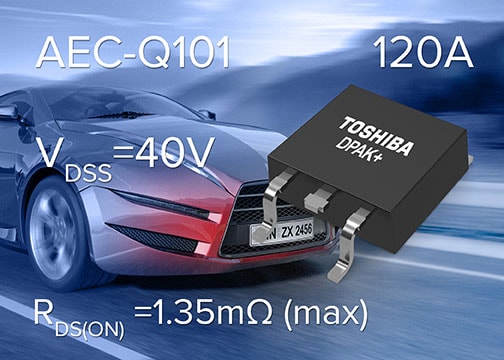
Today the average vehicle will have in the region of 60-70 (electronic control units) ECUs and high-end luxury models can easily possess 150 or more. The increased quantity of electronics content has, in itself, a variety of serious implications for engineering teams, while external forces are also influencing certain key aspects of automobile design.
International legislative guidelines mean that car manufacturers need to lessen the impact that their models have on the environment - with increasingly ambitious targets being set in relation to fuel economy.
Likewise, the continued growth of the electric vehicle/hybrid electric vehicle (EV/HEV) segment brings considerable engineering challenges. To increase consumer appeal, improvements need to be made both to the distance that EVs can travel and also the speed with which they can be recharged. Reducing the overall weight of cars is of mounting importance to combustion engine and EV based designs in equal measures. In both cases it is resulting in system downsizing that is consequently demanding elevated power densities.
Through innovations being made in semiconductor processes and the accompanying packaging technology, there are more advanced MOSFET devices now being brought on to the market. By utilising copper clips for internal bonding, significant improvements can be made to MOSFET electrical and thermal properties. It means that they can support elevated power densities and, in addition, exhibit enhanced heat dissipation capabilities. Combining this with the benefits of the latest trench topologies, results in marked improvements in performance - bringing greater operational efficiencies. These power discretes are thereby able to outclass existing alternatives and fully address the exacting demands being placed upon them by the automobile industry.
A comprehensive white paper covering the issues effecting automobile power system design, and the new breed of MOSFETs that will attend to these, has been published by Toshiba. For more information visit:


